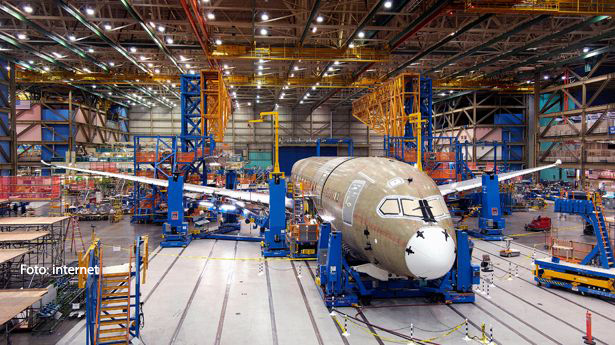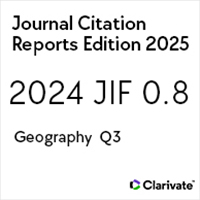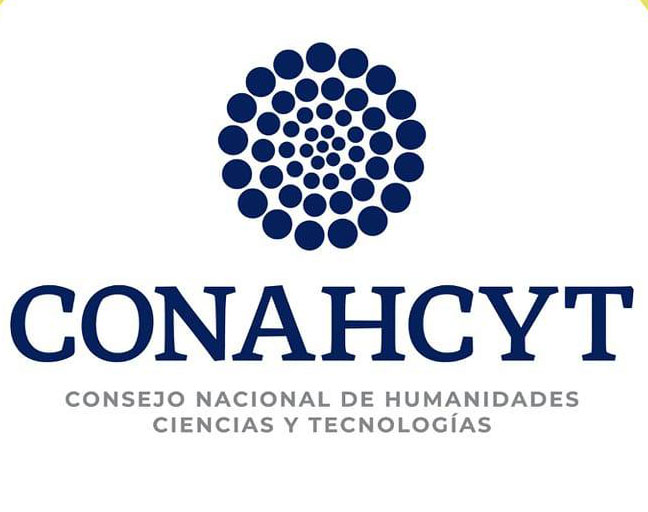Possibilities of Mexican SMEs insertion in the aerospace industry value chain, the Baja California case
Posibilidades de inserción de pymes mexicanas en la cadena de valor de la industria aeroespacial, el caso de Baja California
https://doi.org/10.21670/ref.1802002
Keywords:
aerospace industry, SMEs, foreign direct investment, Baja California, value chainAbstract
The goal of this article is to analyze the aerospace industry in Baja California, Mexico. The methodology is based on the application of an electronic questionnaire and face-to-face in depth interviews. Our results shows that the insertion of companies has been conditioned by several factors: the basic certification is only the first step; the real challenge is to find niches of opportunity and bargaining power to achieve a productive contract, which demands entrepreneurial, legal and economic skills. This analysis is a pioneer in the study of Mexican companies participating in this emerging sector. The main limitations were the access to the companies’ information and the rejection to participate in the study. The main finding is there are very few Mexican suppliers integrated to the global value aerospace chain but if the trend of growth is maintained, it may had greater integration in the near future, and possibly a greater economic spill and technology transfer.Resumen
El objetivo de este trabajo es analizar a las empresas de la industria aeronáutica en Baja California. La forma de aproximación a los resultados fue por medio de un cuestionario electrónico y entrevistas a profundidad. Los resultados muestran que la inserción de empresas ha estado condicionada por diversos factores, la certificación básica es solo el primer paso; el verdadero reto es encontrar nichos de oportunidad y capacidad de negociación para lograr contratos productivos, lo cual demanda habilidades empresariales, jurídicas y económicas. Este trabajo es pionero en el estudio de empresas mexicanas participantes en este sector emergente. La principal limitación fue el acceso a la información sobre las empresas y que accedieran a participar en este estudio; mientras que como hallazgo encontramos que muy pocas empresas son proveedores, pero si se mantiene una tendencia de crecimiento, se puede tener mayor integración en un futuro cercano, y eventualmente una mayor derrama económica y transferencia tecnológica.References
AeroStrategy. (2009). Implications for Canada’s Aerospace Industry a Discussion Paper. Canada.
Amighini, A., Rabellotti, R., Pavia, U. & Scalera, V. (2013). Technology-Driven FDI : A Survey of the Literature (Papers in Innovation Studies 2013/17). Lund University, Center for Innovation, Research and Competences in the Learning Economy, Sweden.
Casalet, M. (2013). Actores y redes públicas y privadas en el desarrollo del sector aeroespacial internacional y nacional: el clúster de Querétraro, una oportunidad regional. In M. Caselet (Ed.), La industria aeroespacial: complejidad productiva e institucional (pp. 93-134). Mexico: Flacso.
Carrincazeaux, C. & Frigant, V. (2007). The Internationalization of the French Aerospace Industry: To What Extent Were the 1990s a Break With the Past? Competition and Change, 11(3), 261-285.
Consejo Nacional de Ciencia y Tecnología (Conacyt). (2014). Agenda de Innovación de Baja California. Mexico: Author.
Eliasson, G. (2010). Advanced Public Procurement as Industrial Policy, The Aircraft Industry as a Technical University. New York, United States of America: Springer Sciencie, Business Media.
Elola, A., Valdaliso, J. M. & López, S. (2013). The Competitive Position of the Basque Aeroespatial Cluster in Global Value Chains: A Historical Analysis. European Planning Studies, 21(7), 1029–1045. doi:10.1080/09654313.2013.733851
Federación Mexicana de la Industria Aeroespacial. (2012). Programa Estratégico de la Industria Aeroespacial. Mexico: Secretaría de Economía.
Gomis, R. & Carrillo, J. (2016). The Role of Multinational Enterprises in the Aerospace Industry Cluster in Mexico: The case of Baja California. Competition & Change, 20(5), 337-352.
Hernández, J. (2010). Mecanismos de aprendizaje en la transferencia de conocimientos del modelo 400 y global express: el caso de Bombardier Aeroespace, Querétaro (Tesis). Mexico: Universidad Autónoma Metropolitana-Xochimilco.
Hernández, J. (2015). Las empresas mexicanas en la cadena de valor de la industria aeronáutica (Tesis doctoral). Mexico: Flacso.
Hualde, A. & Carrillo, J. (2007). La industria aeroespacial en Baja California: Características productivas y competencias laborales y profesionales. Mexico: Colegio de la Frontera Norte.
Jordaan, J. A. (2012). Agglomeration and the location choice of foreign direct investment: new evidence from manufacturing FDI in Mexico. Estudios Económicos, 27(I), 61–97.
López, S. M., Elola, A., Valdaliso, M. M. & Aranguren, M. J. (2012). El clúster de la industria aeronáutica y espacial del País Vasco: orígenes, evolución y trayectoria competitiva. España: Euko Ikaskunta, Instituto Vasco de Competitividad, Fundación Deusto.
Mani, S. (2010). The Flight From Defence to Civilian Space: Evolution of the Sectoral System of Innovation of India´s Aerospace Industry. ERIA Supporting Study Project, India.
Morissette, L., Barré, P., Lévesque, C. & Solar-Pelletier, L. (2013). El desarrollo de ventajas competitivas institucionales: el caso de la industria aeroespacial en Montreal. In La industria aeroespacial: complejidad productiva e institucional (pp. 21-48). Mexico: Flacso.
Niosi, J. & Zhegu, M. (2005). Aerospace Clusters: Local or Global Knowledge Spillovers? Industry & Innovation, 12(1), 5-29.
Organization for Economic Co-operation and Development (OECD). (2011). Attractiveness for Innovation: Location Factors for International Development. New Directions for Youth Development (Vol. 2013). Paris: Author. doi:10.1002/yd.20075
Office of Aerospace and Automotive Industries International Trade Administration. (March, 2007). Analysis of the U.S. Aerospace Industry. United States of America: Author.
Producen. (2006). México y la industria aeronáutica global. Una publicación para entender, obtener información y generar estrategia. Mexico: Producen-Centro de Inteligencia Estratégica.
Secretaría de Economía. (2012). Industria Aeronáutica en México. Mexico: Author.
Trade, C. F. (2014). Licencia ITAR. Mexico: Author.
































